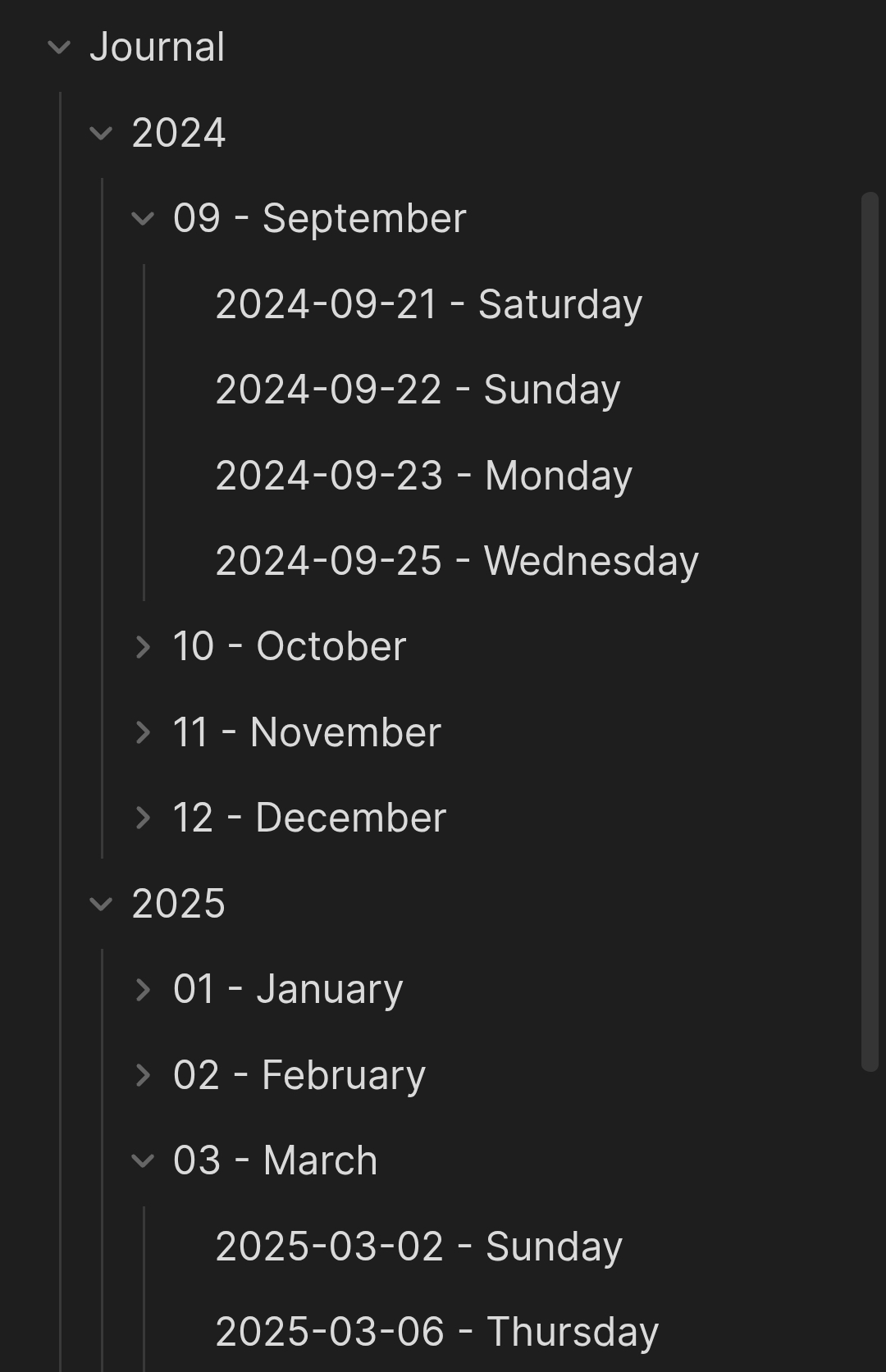

You can change the update notification frequency somewhere in settings. Pretty sure you can disable it too.


You can change the update notification frequency somewhere in settings. Pretty sure you can disable it too.


Double clicking to open is the default now.
My bash prompt is just me copying the prompt I have set on fish.
# Prompt
green=$'\e[38;5;2m'
bright_red=$'\e[38;5;9m'
bright_green=$'\e[38;5;10m'
reset=$'\e[0m'
prompt_command()
{
local exit_status=$?
if [[ $exit_status != 0 ]]; then
exit_color=$bright_red
exit_prompt=" [$exit_status]"
else
exit_color=$bright_green
exit_prompt=""
fi
}
PROMPT_COMMAND=prompt_command
PS1='\[$green\]\w\[$exit_color\]$exit_prompt\n❯ \[$reset\]'

I have a small issue with this prompt though. Sometimes the ❯ ends up turning white for some reason.



I haven’t had any issues with the kernel yet. The worst thing that I can remember doing is messing up the systemd boot entry on my Arch Linux install.


Yeah. I just found out about it by accident when I ran it with the --help flag.


I’d like to add that you can setup desktop shortcuts pretty easily for Mullvad and TOR browser manual installs. For TOR browser simply run this after opening a terminal in the folder it was extracted to:
./start-tor-browser.desktop --register-app
Same thing should work for mullvad.


Containers within a pod can use localhost to access each other. Containers outside of the pod needs to use the pod name to access the containers in the pod.


I looked up when pasta became the default networking backend for rootless and it seems to have been with podman 5.0. I do remember using podman 5.x versions, so I was most likely using pasta.
The reason why I seperated each app into their own network was indeed for security. The only container with access to all the networks is the reverse proxy.


I made a comment on another post a while ago, talking a bit about inter-container/pod networking.


It is the default atime option used when mounting if I’m correct. If it’s an ubuntu specific mount option it will be specified in /etc/fstab file.


You can run this to check
findmnt --real


Do you actually need to move the admin ui off of port 80/443 if you are just forwarding ports? I don’t think you need to. That said I actually don’t know much about port forwarding since I use Tailscale because of CGNAT.
My understanding of port forwarding is that you are forwarding connections to your WAN IP/port to a LAN IP/port. Since the router admin ui is available only on LAN by default, you don’t need to change it’s port from 80/443.


You don’t need 2 reverse proxies as others have said. What I did is just add a DNS rewrite entry in my adguardhome instance to point my domain.tld to the LAN IP of my reverse proxy.


The Talos Principle: Gold Edition
I remember back when I was a kid, playing these random games with my siblings and friends. I still remember some of those games like feeding frenzy, farm frenzy and big city adventure.


I use some generic names.


Yeah obsidian’s pretty nice. I use the daily notes feature built into it for my journal.

I prefer buying digital games that are either DRM-free or have Steam’s DRM.
I tend to keep a backup of the games that I enjoy so that I can play them even if I end up losing a way to download them. For games with Steam DRM, I can just remove the DRM myself and use a Steam emulator if I ever lose access to Steam.